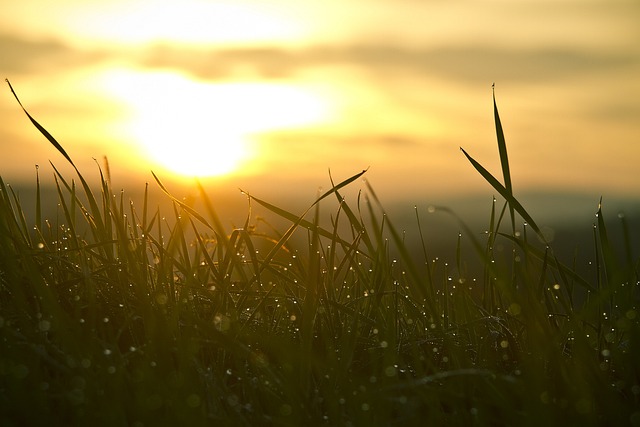UV Safety Awareness Month 2025 is here, serving as a vital reminder about the importance of sun protection during the peak of summer. Every July, health experts, dermatologists, and public health organisations across the UK and globally raise awareness about the harmful effects of ultraviolet (UV) radiation—and what we can all do to stay safe under the sun.

What Is UV Safety Awareness Month?
UV Safety Awareness Month is observed every July and highlights the dangers of prolonged exposure to UV rays from the sun or artificial sources like tanning beds. These rays are invisible but powerful, and overexposure can lead to skin cancer, premature ageing, eye damage, and immune system suppression.
As the UK basks in the summer sunshine during school holidays and outdoor festivals, this campaign serves as a timely call to action for individuals and families to take sun safety seriously.
Why UV Awareness Matters in the UK

Contrary to popular belief, sunburns and UV damage are common in the UK, even on cloudy or overcast days. Up to 80% of UV rays can pass through clouds, making protection essential year-round—but especially during summer.
According to Cancer Research UK, around 90% of non-melanoma skin cancers and 86% of melanomas are associated with excessive sun exposure. With skin cancer rates on the rise, especially among young adults, UV awareness has never been more important.
Types of UV Rays: What You Need to Know
There are three types of ultraviolet radiation:
-
UVA Rays – Penetrate deep into the skin, causing ageing, wrinkles, and long-term skin damage.
-
UVB Rays – Responsible for sunburn and skin cancers; they damage the outer skin layers.
-
UVC Rays – Absorbed by the Earth’s atmosphere and do not reach us.
Both UVA and UVB rays are harmful and can contribute to skin cancer. That’s why effective sun protection needs to block both.
Key UV Safety Tips for Summer 2025
1. Apply Broad-Spectrum Sunscreen
Choose a broad-spectrum SPF 30 or higher sunscreen that protects against UVA and UVB rays. Apply generously 30 minutes before going outside and reapply every 2 hours, or immediately after swimming or sweating.
2. Wear Protective Clothing
Opt for long-sleeved shirts, wide-brimmed hats, and UV-blocking sunglasses. Many outdoor clothing brands now offer UPF-rated garments designed to block UV radiation.
3. Avoid Peak Sun Hours (11am–3pm)
This is when UV radiation is at its highest. Seek shade, use parasols, or plan activities for early morning or late afternoon.
4. Use the UV Index to Plan Your Day
The UV Index helps gauge daily risk levels. A UV index of 3 or above requires sun protection. Apps like the Met Office Weather App include UV forecasts for all UK regions.
5. Never Use Sunbeds
Artificial tanning devices emit intense UV radiation, increasing the risk of melanoma, particularly among young people. The NHS strongly advises against using sunbeds.
Protecting Children from UV Damage
Children’s skin is more sensitive to UV radiation, and sunburns in childhood significantly increase the risk of melanoma later in life. Tips for keeping kids safe include:
-
Applying child-specific sunscreen with SPF 50.
-
Using UV sun tents for babies at the beach.
-
Encouraging shade breaks and sunhats.
-
Dressing them in long-sleeved swimsuits or rash vests.
Eye Protection: Don’t Forget Your Vision
UV rays can also harm your eyes, leading to cataracts, macular degeneration, and photokeratitis (sunburn of the eye). Always wear 100% UV-blocking sunglasses, preferably wraparound styles for maximum protection.
UV and Skin Cancer: The Warning Signs
As part of UV Safety Awareness Month 2025, knowing how to spot skin cancer early is crucial. Look for:
-
New moles or changes in existing moles
-
Moles with irregular borders, multiple colours, or that itch or bleed
-
Sores that don’t heal after a few weeks
If in doubt, consult a GP or dermatologist immediately. Early detection saves lives.
How to Check the UV Index in the UK
To protect yourself effectively, track the UV Index in your local area using:
-
Met Office website or app
-
BBC Weather
-
Smartphone weather widgets
The UV Index scale ranges from 0 (Low) to 11+ (Extreme). In the UK, levels typically reach 6–8 during peak summer days, which is considered High to Very High.
Workplace and Outdoor Safety
For those working outdoors—like construction workers, farmers, or delivery drivers—sun protection is an occupational health matter. Employers should:
-
Provide shaded rest areas
-
Supply sunscreen dispensers
-
Encourage sun-protective uniforms
-
Allow breaks during peak UV hours
The Health and Safety Executive (HSE) recommends incorporating sun safety training into workplace health programmes.
UV Safety Myths Debunked
☀️ “It’s cloudy, so I don’t need sunscreen.”
False – UV rays can penetrate clouds.
🏖️ “A tan means I’m healthy.”
False – A tan is a sign of skin cell damage.
🧴 “One application of sunscreen is enough.”
False – It must be reapplied every 2 hours, more if sweating or swimming.
🕶️ “All sunglasses block UV rays.”
False – Only glasses labelled UV400 or 100% UV protection do the job.
UV Safety Awareness Events in the UK – July 2025
Several public health organisations will host free skin checks, sun safety workshops, and awareness campaigns in July 2025:
-
NHS Skin Cancer Awareness Days
-
Melanoma Fund Sun Protection Tour
-
Cancer Research UK pop-ups in town centres
-
Social media challenges and influencer campaigns promoting #UVSafetyMonth2025
Watch for local council events and community health clinics offering sunscreen samples, skin health advice, and more.
Final Thoughts: Sun Smart = Life Smart
UV Safety Awareness Month 2025 is more than just a health campaign—it’s a life-saving initiative. With the climate warming and UK summers becoming sunnier, protecting yourself from UV rays is not optional—it’s essential.
Whether you’re enjoying a family staycation, attending a music festival, or gardening in your backyard, stay sun-safe and encourage others to do the same. The sun is powerful—but with the right knowledge and protection, so are you.
